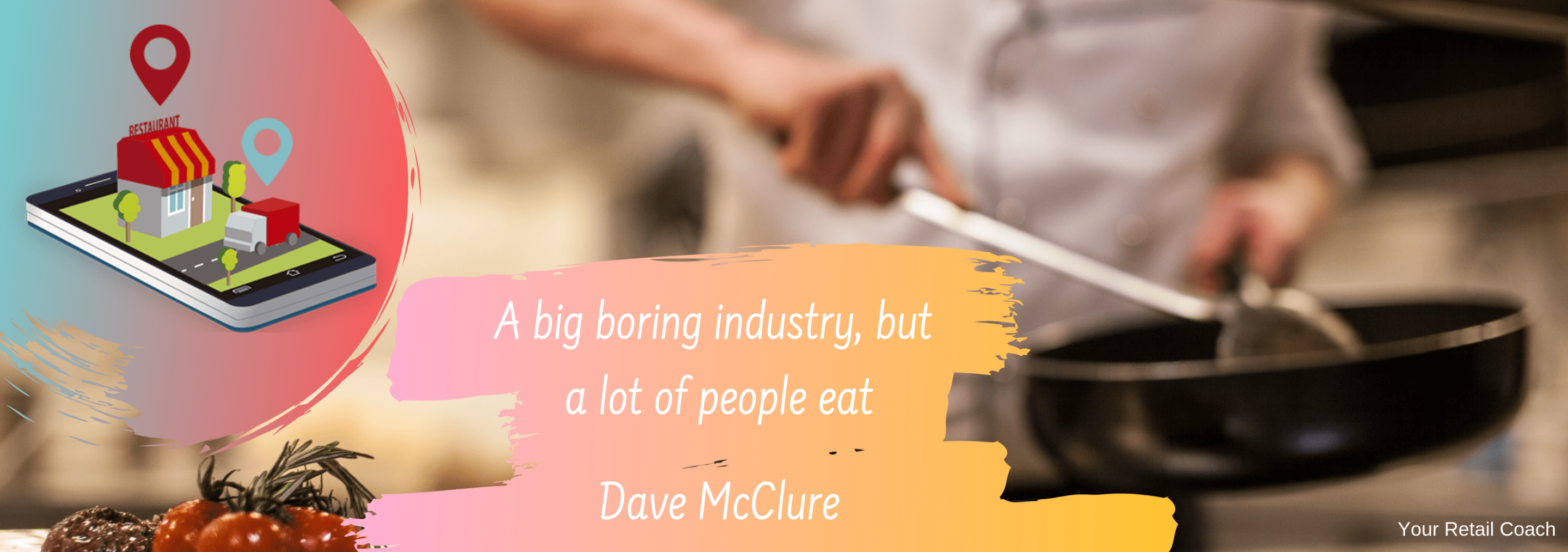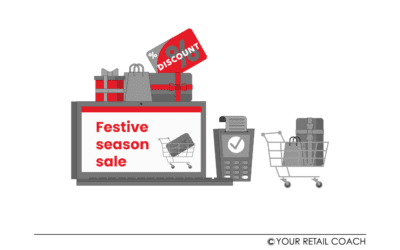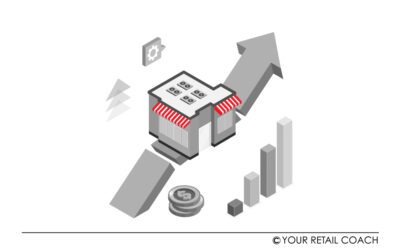Setup Cloud Kitchen / Dark Kitchen
Setup Cloud Kitchen / Dark Kitchen
What is Cloud Kitchen & Dark Kitchen
Cloud kitchen, virtual kitchen, dark kitchen, ghost restaurant, dark kitchen, delivery-only restaurant, virtual restaurants, or even restaurant-as-a-service/ RAAS – all of these terms refer to the same foodtech concept: a virtual restaurant that sells meals exclusively through online delivery systems. Such restaurants rely solely on sales through online delivery platforms or own delivery channel. Top online delivery platforms range across UberEats, JustEat, FAASOS, Swiggy and many more.
This has paved the way for dark kitchens. Such third-party delivery channels work to connect food businesses with customers and deliver meals quickly. Cloud kitchen is where food is produced and delivered at the doorstep by taking orders through online ordering portals and calls. Food delivery from the dark kitchen does not rely on traditional models like takeaway and dine-in. The dark kitchen concept relies solely on food preparation and delivery, plus tie-ups with food delivery platforms.
For a cloud kitchen, Swiggy, Zomato, and FoodPanda are some top choices for delivering orders. The essential advantage of a cloud kitchen is that they can have many brands under one roof, cutting down costs extensively. All F2F (face-to-face) contact between customers and restaurants has been eliminated. The cloud kitchen business model harnesses cutting-edge technologies, and new marketing techniques to keep and reach demanding audiences. The ghost kitchens are designed exclusively for online delivery and ordering. These online restaurants do not have brick and mortar units. There are no servers, just shared kitchens.
Dark kitchens involve shared commissary space. There’s a shared kitchen space for restaurants to experiment with new menu items without real estate costs upfront. Delivery only, these restaurants are designed to cater to delivery marketplace orders from a custom website or a third-party platform. Your business can efficiently utilize this new online-restaurant model. Rely on the strategists and specialists from Your Retail Coach (YRC) foodtech consultants and harness their expertise to set up your own cloud kitchen business.

How YRC Can Help to Setup Cloud Kitchen / Dark Kitchen
1. Process Manuals (SOPs): Customer Order to Last-mile Delivery
YRC process specialists offer Standard Operating Procedures (SOPs) right from customer order to last-mile delivery. Know that starting your cloud kitchen is easy; running one is hard. Cloud kitchen consultants YRC can decode the operational processes, systems, and procedures involved to ensure your team faces the challenges head-on.
As a cloud kitchen owner, you need to have systems that dictate how the business will operate. A dark kitchen business model can only be profitable if there are systems in place. Documented methods will help in executing operations effectively. YRC can help in the articulation of policies from how one reports the financial performance of the kitchen to staff duties and responsibilities and even marketing and purchase practices.
Your SOPs will define your job roles and responsibilities, making it easier for recruits to onboard, train, and make the transition to productive employees. SOPs enable you to use resources of a massive operation and ensure effective work. For flawless services, a clear roadmap is essential. Your team needs guidance on what to do by clearly articulating requirements. Documentation is the first step. Implementing daily systems comes next, and with SOPs, it becomes easier. Depend on YRC consultants to devise the perfect process manuals for your end-to-end dark kitchen operations and management systems.
2. Inventory Replenishment Planning: Especially recipe planning
The cloud kitchen concept depends on taking orders. It is essential to set up an ordering and delivery platform that is credible. Inventory replenishment planning, especially waste management and recipe planning, are crucial for effective cloud kitchen restaurant operations. It helps to have inventory management systems in place. As cloud kitchens lack a physical outlet, all details about staff, menu managements, brands, etc. are online. An inventory replenishment system devised by YRC increases accountability and reduce food wastage and facilitates more effective recipe management. Not keeping a check on inventory management or the actual cost of ingredients going into the dishes delivered can prove counterproductive.
While rent, overhead costs, and peak order periods are not under your control, food cost is. Food costs should range between 30-33 percent. Food cost is tough to manage. The kitchen staff needs to have an understanding of exact measurements while preparing the dishes. With YRC’s help, you can manage inventory levels, improve production time, monitor wastage and standardise food preparation.
Being product-focused is only about supply-side thinking. Customer focus requires looking at the experience of customers and seeing where to fill the gaps in inventory management. YRC ensures your menu is the solution customers are looking for, by optimizing recipe management and stock management.
3. Time & Motion Analysis for layout planning
Layout planning is at the core of practical cloud kitchen. By creating a concept articulating a menu and documenting recipe, one can identify the resources and equipment to start a kitchen. Another critical step is designing the kitchen prototype to understand how it will appear. Several options are available. With YRC’s assistance, you will be able to future proof changes and design your cloud kitchen to perfection. Articulating the ideal kitchen design is one thing; implementing it is another. Creating a kitchen prototype can save a lot of cash. Effective kitchen design can help in optimizing staffing requirements and raise the speed of operations.
Cloud kitchens need well-designed layouts, where time and motion analyses can help in maximizing sales opportunities and connecting with customers. YRC’s time and motion analyses for layout planning have a core focus on speed, optimization, and automation. Having a layout that integrates with useful tools and runs on cloud technologies requires detailed time and motion analyses to understand how to utilize workforce and resources effectively. With high volumes of orders, optimizing the kitchen layout is essential. Devise a plan that helps in engaging clients across different mediums.
4. Security measures to avoid theft
The biggest challenge for food and hospitality chains is ensuring non-pilferage of stock and effective menu management. Additionally, capable back-end infrastructure is essential to deliver ingredients across outlets in safe ways. Security is vital to ensure innovative food delivery systems. Security measures suggested by YRC involve employee training to manage security concerns. Standardization, rigorous SOP-driven training, automation, and custom equipment ensure safety and security at the workplace and assured supplies for a useful cloud kitchen.
5. Setup Guidelines: What to do & What not to
The critical criteria for launching your dark kitchen also includes setup guidelines. YRC stresses that while selecting the location for the cloud kitchen, functionality is vital. The best site revolves around the commitment to deliver the best possible food. Set up guidelines established by YRC study the target audience, affordability of location, and other factors while setting up dark kitchen businesses.
YRC specialists consider everything from facilities and amenities to accessibility for delivery agents to reach out with optimal space. As orders pour in from various platforms, it is essential to have a mechanism to facilitate smooth functioning. Online ordering integration is also necessary for setting up a cloud kitchen.
YRC also helps you to evolve systems to track orders, assist in quick billing, prevent recipe or inventory pilferage, tracking business metrics from anywhere. It manages requests and helps in collecting customer data, likes, and dislikes, leading to the right path. Significant investment in cloud kitchen helps the kitchen to be equipped with the correct machinery. Getting hold of the right vendor is also easy, with YRC’s help.
Setup guidelines also include working on appropriate staff recruitment and selection measures. For a cloud kitchen, because orders are continuously in circulation, seasoned staff handle stress better. Depending on the size of your cloud kitchen business, YRC HR Consultants oversees the selection and hiring process for chefs, helpers, and delivery teams, besides working on your staff retention rate.
Cloud kitchens have less visibility compared to restaurants with physical outlets. It is mission-critical to have a robust online profile. Social media sites can help in spreading the word about the business. But you need effective marketing campaigns. Devise the perfect SOPs to spread the word about your business, with the help of YRC’s setup guidelines.
6. IT System Integration in cloud kitchen
IT system integration help you understand customers and manage menus effectively. When orders are integrated with technology, the collection of customer data becomes simpler which helps in loyalty program management. As the primary source of order-taking is online, a cloud PoS is critical for cloud kitchens and delivery kitchens. Multiple restaurants and channels are dealt with when it comes to managing cloud kitchens.
Virtual orders across the site can be managed with effective PoS and analytic reporting systems. For effective IT system integration, which involves inventory tracking, wastage management, recipe integration, order & delivery management you need to have the right team who can help implement the IT systems at hand, and this is where YRC food consultants comes in.
Investing in kitchen IT systems or other foodtech concepts requires careful planning for effective execution and implementation. Integrating PoS or ERP systems with CRM and SOP processes is critical for effective functioning and customer data management. IT system integration can be effectively managed through the expertise and knowledge of YRC’s team of specialists.
If you’re a food tech company or a businessman wondering “how to start a cloud kitchen or dark kitchen?” kindly fill up our contact form and our experts shall get back to you.
Get Advice for Setup Cloud Kitchen/Dark Kitchen
Related Blogs
Making the most out of the festive season shopping: A Customer Perspective for Retailers
Decoding the Festive Shopping Spree For us, as customers, the festive season is a licence to spend. The vibes of festivity ushers with joy and a sense of celebration. This elevated mood often turns into an enhanced willingness to spend and indulge in shopping. It is a...
Mitigating Business Risks in Retail
Spotting the Swirls Sailing the stream of retail is canopying between opportunities on the surface and risks as the current of that stream. If the bad swirls are not spotted in advance, it can turn things undesirable. While big brands grapple with issues like lapses...
How Retailers are Enhancing Customer Experience (CX) with Hyper-Localisation
Hyper-localisation is an alignment strategy that helps retail brands and businesses mould into the requirements of a locality-based market environment. Marketing-wise, it helps retailers tailor their value propositions to cover the needs and expectations of highly...





We work only for Visionaries.